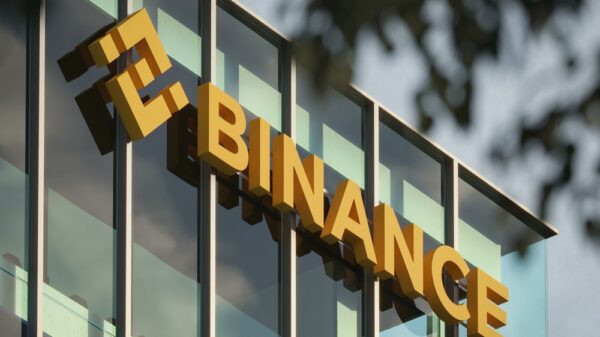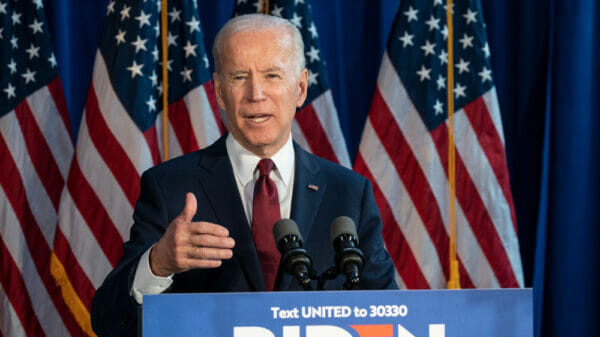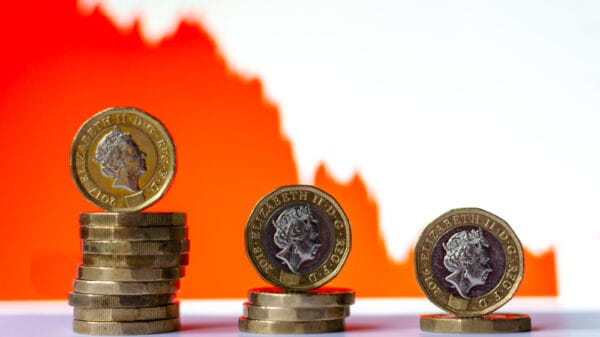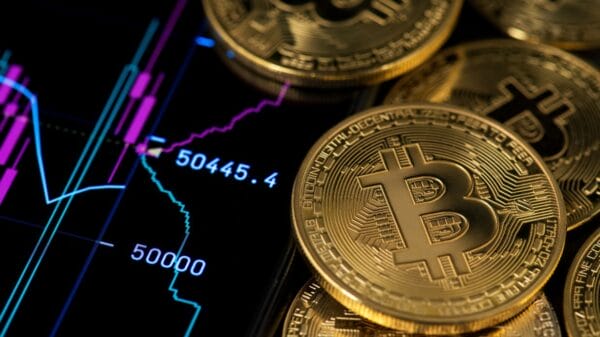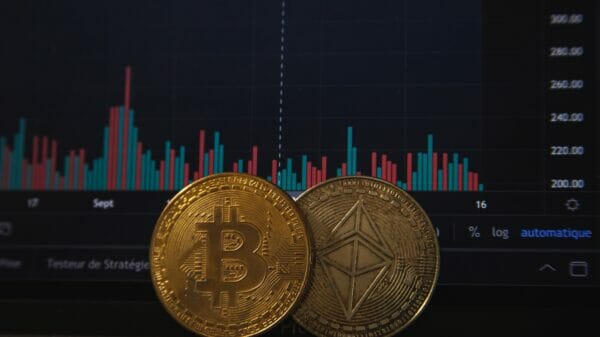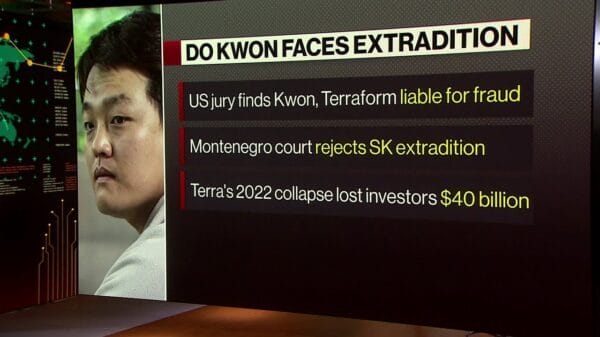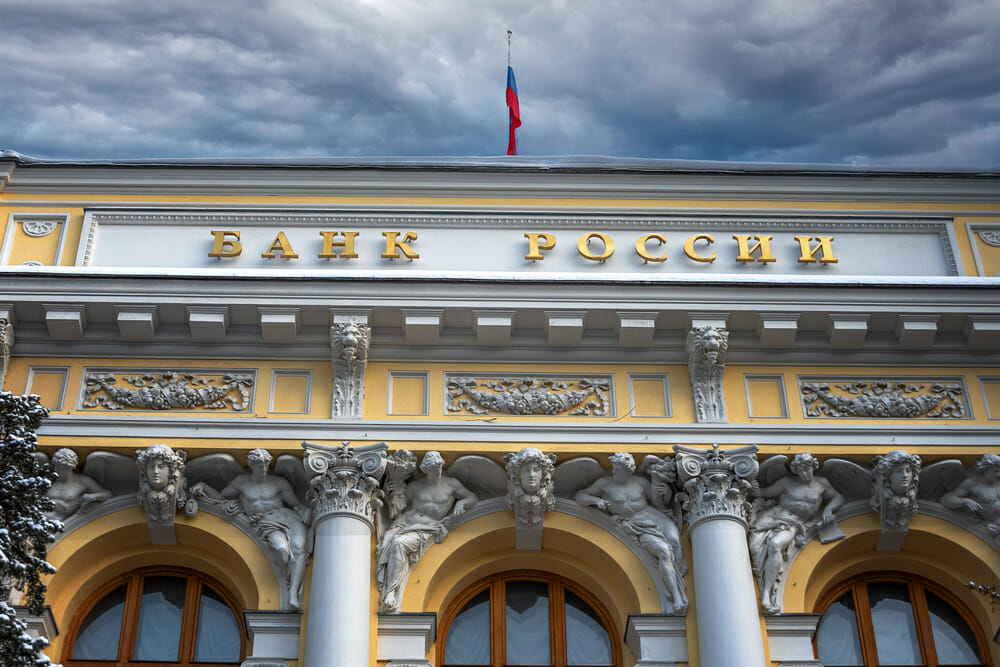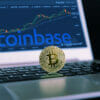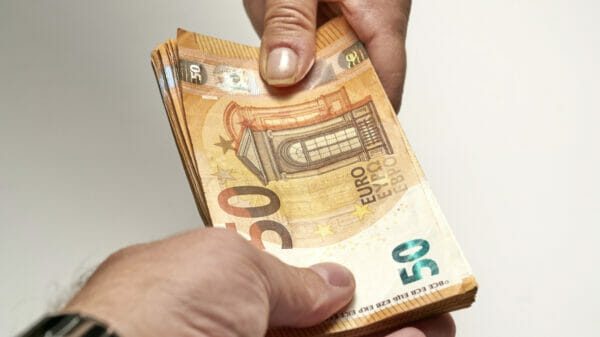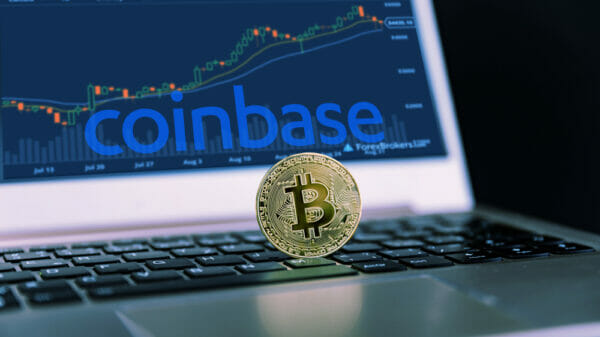The Russian ruble (RUB) has weakened against the U.S. dollar, crossing the 100-to-1 mark, due to foreign currency outflows and challenges in the trade balance. Although the ruble briefly dipped, it has since recovered slightly to hover around 99.5 against the dollar by 8 a.m. London time.
This situation is reminiscent of events in August, when the ruble also crossed the 100-mark, leading to an emergency meeting of the Bank of Russia. During that meeting, the central bank increased interest rates by 350 basis points to 12%. This decision was made in response to concerns about the ruble’s decline and rising inflation, which were attributed to loose monetary policy, as stated by President Vladimir Putin’s economic advisor.
In the following September meeting, the Bank of Russia raised its key interest rate further, by an additional percentage point to 13%. This decision was based on the persistent inflationary pressure. The central bank emphasized the need to tighten monetary conditions in order to bring inflation back to the target of 4% by 2024.
As of September 11, Russian inflation stands at an annual rate of 5.5%, compared to 5.2% in August and 4.3% in July. This increase can be partly attributed to the weakening of the ruble, which has had a pass-through effect on prices.
Some figures in the Kremlin attribute the weakening ruble to loose monetary policy. However, the central bank points to a significant drop in the country’s current account surplus as the main contributing factor. The Bank of Russia’s September report reveals that the current account surplus from January to August is $25.6 billion, a decrease of 86% compared to the previous year. The trade balance surplus has also fallen by 68.3%, or $156.7 billion, over the same period.
The ruble has experienced volatility since Russia’s invasion of Ukraine in February 2022. It reached a record low of 120 against the dollar in March 2022 before rebounding to a seven-year high. Various factors, including central bank interventions and export revenue, have influenced the ruble’s performance. However, the imposition of Western sanctions, trade flow reversals, and increased imports have put additional pressure on the currency.
The Bank of Russia continues to closely monitor developments to ensure financial market stability.
Image Source: Stanley Kalvan / Shutterstock


